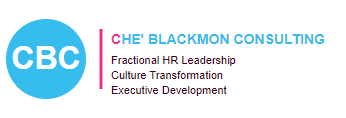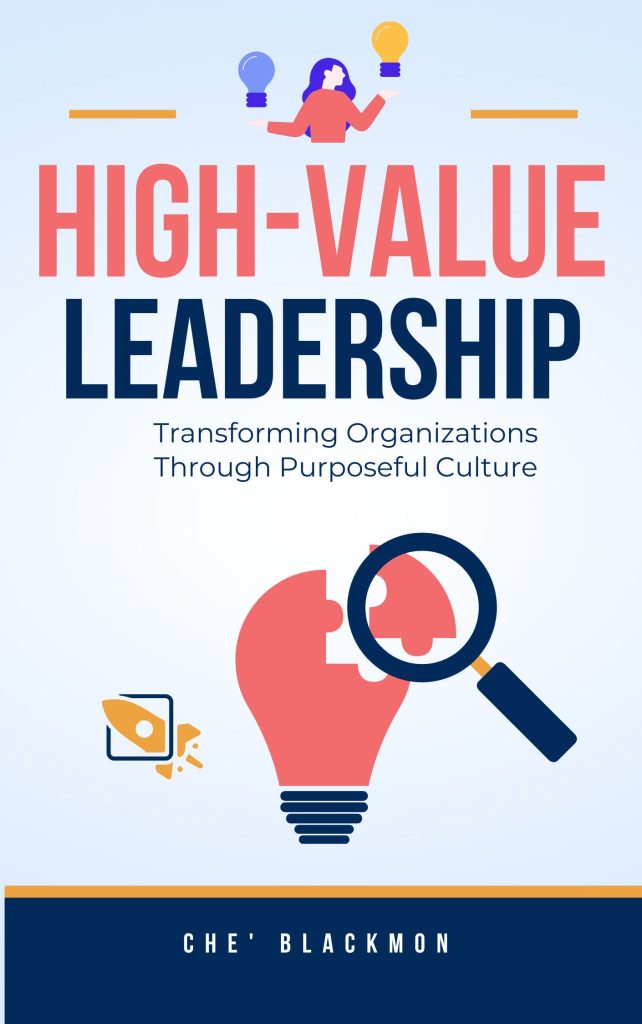Your cart is currently empty!
The conference room fell silent when David Chen, a 52-year-old engineering director, finally spoke up during the diversity committee meeting. “Everyone talks about glass ceilings,” he said quietly, “but nobody mentions the bamboo ceiling—strong enough to hold us up but invisible enough that people pretend it doesn’t exist.”
His words captured a reality that many Asian Generation X leaders face daily: navigating corporate spaces where they’re simultaneously seen as the “model minority” and overlooked for executive leadership. This paradox creates unique challenges that intersect with other forms of workplace bias, affecting not just Asian professionals but creating ripple effects throughout organizational cultures.
The Model Minority Myth: A Double-Edged Sword 🎭
Asian GenX professionals, born between 1965 and 1980, entered the workforce during a time when the “model minority” stereotype was deeply entrenched. This myth positioned Asian Americans as hardworking, technically competent, and academically successful—seemingly positive attributes that masked insidious limitations.
Research from Ascend Foundation reveals that while Asian Americans are the most likely group to be hired into professional roles, they’re the least likely to be promoted into management. In Silicon Valley tech companies, Asian Americans represent 27% of professionals but only 14% of executives and 11% of board members. For Asian women, these numbers drop even further.
The stereotype creates a particularly challenging dynamic. There was a Fortune 500 company where an Asian GenX leader consistently received feedback that she was “excellent at execution” but “lacked executive presence.” When pressed for specifics, her manager couldn’t articulate what executive presence meant beyond suggesting she be “more assertive”—yet when she spoke up more forcefully, she was labeled “too aggressive.”
This mirrors experiences I’ve documented in “High-Value Leadership” where cultural biases create contradictory expectations. Like Black women who face the “angry Black woman” stereotype when assertive, Asian professionals encounter the “passive Asian” stereotype when collaborative and the “dragon lady” or “tiger mom” labels when direct.
Technical Expert Forever: The Promotion Plateau 📊
Many Asian GenX leaders find themselves trapped in what researchers call the “technical track trap.” Organizations readily promote them to senior technical roles—principal engineer, lead analyst, senior scientist—but rarely consider them for general management or C-suite positions.
A major pharmaceutical company discovered through their diversity audit that 68% of their Asian employees held advanced degrees, yet only 12% held P&L responsibility. The assumption that Asian professionals are “better with numbers than people” had created an invisible barrier to leadership advancement.
This technical pigeonholing affects compensation and career trajectories. While senior technical roles command respectable salaries, they often lack the equity participation, decision-making authority, and succession planning opportunities that come with executive positions. The long-term wealth gap becomes substantial, affecting not just individual careers but generational wealth building.
In “Mastering a High-Value Company Culture,” I emphasize how organizations lose innovative potential when they limit where talent can contribute. Asian GenX leaders often possess both technical expertise and leadership capabilities, but cultural assumptions prevent organizations from accessing their full value.
Cultural Code-Switching Exhaustion 🔄
Asian GenX leaders navigate complex cultural expectations both at work and at home. Many grew up in immigrant households with collectivist values emphasizing harmony, respect for hierarchy, and indirect communication. Meanwhile, corporate America rewards individualistic values like self-promotion, challenging authority, and direct confrontation.
This constant code-switching creates unique stress. There was a technology firm where several Asian directors formed an informal support group. They shared experiences of being criticized for “not speaking up enough” in meetings while simultaneously being told they were “too detail-oriented” when they did contribute. The emotional labor of constantly calibrating their communication style led to burnout that their organizations never recognized or addressed.
The exhaustion compounds when Asian leaders must also navigate generational expectations. Many serve as bridges between their immigrant parents’ generation and their American-born children, translating not just language but entire worldviews. This invisible labor drains energy that could otherwise fuel leadership innovation.
The Intersection with Other Marginalized Groups 🤝
The challenges facing Asian GenX leaders don’t exist in isolation. They intersect with and illuminate broader patterns of exclusion that affect all underrepresented groups, particularly Black women and other women of color.
Research shows that when organizations truly address the bamboo ceiling, they often simultaneously dismantle barriers affecting other groups. A financial services firm that implemented blind resume reviews to address bias against Asian-sounding names found it also increased interviews for candidates with traditionally Black and Latino names by 40%.
Moreover, Asian and Black professionals often face inversions of the same stereotypes. While Asian professionals are stereotyped as technically competent but lacking leadership skills, Black professionals often face assumptions about lacking technical competence despite demonstrated leadership abilities. Both groups navigate exhausting stereotype threat that their white colleagues never experience.
In “Rise & Thrive,” I discuss how Black women’s success strategies can benefit all marginalized groups. The same principles—building strategic networks, managing perception actively, and creating collective support systems—apply across different communities facing distinct but related barriers.
Breaking Through: Strategic Approaches 💪
Organizations serious about developing Asian GenX leaders must move beyond surface-level diversity initiatives. Here’s what actually works:
1. Redefine Leadership Competencies Traditional leadership models often reflect Western, masculine communication styles. Organizations should expand their definition of leadership to value:
- Consensus-building and collaborative decision-making
- Technical depth combined with strategic thinking
- Cross-cultural communication abilities
- Long-term relationship cultivation
2. Create Intentional Development Paths Rather than assuming Asian professionals only want technical roles, actively develop leadership pipelines:
- Rotational programs that include P&L responsibility
- Stretch assignments in general management
- Executive coaching that addresses cultural navigation
- Sponsorship (not just mentorship) programs
3. Address Bias in Succession Planning Many organizations unconsciously exclude Asian leaders from succession pools. Combat this by:
- Using objective competency assessments
- Requiring diverse slates for all leadership positions
- Tracking promotion rates by demographics
- Creating accountability for developing diverse leaders
4. Leverage Cultural Assets Instead of viewing cultural differences as deficits, recognize them as competitive advantages:
- Multilingual abilities open global markets
- Cultural awareness enhances international partnerships
- Different communication styles reach broader audiences
- Alternative problem-solving approaches drive innovation

The GenX Timeline Factor ⏰
GenX Asian leaders face particular urgency. At 45-58 years old, they’re in their prime leadership years, yet many organizations still view them through outdated stereotypes. Without immediate action, an entire generation of potential leaders will age out of consideration for senior roles.
This represents not just individual loss but organizational failure. Companies that don’t develop Asian GenX leaders miss critical expertise as baby boomers retire. The institutional knowledge, technical expertise, and cultural bridging abilities these leaders possess can’t be easily replaced.
There was a manufacturing company that nearly lost three Asian GenX directors to competitors before realizing they’d never included any in executive development programs. The wake-up call came when a key client specifically requested one of these directors lead their account, recognizing leadership abilities the company had overlooked.
Creating Systemic Change 🔧
Individual strategies alone won’t dismantle the bamboo ceiling. Systemic change requires coordinated effort:
For Asian GenX Leaders:
- Document your leadership impacts, not just technical achievements
- Build strategic relationships across cultural groups
- Seek sponsors who can advocate in rooms you’re not in
- Share your full skill set, not just what others expect
- Support other underrepresented leaders across all backgrounds
For Organizations:
- Audit promotion rates by race and level
- Examine job descriptions for cultural bias
- Create employee resource groups with budgets and influence
- Train managers on cross-cultural leadership styles
- Set specific targets for Asian representation in senior leadership
For Allies:
- Amplify Asian colleagues’ contributions in meetings
- Challenge stereotypes when you hear them
- Recommend Asian professionals for leadership opportunities
- Learn about different cultural communication styles
- Advocate for systemic change, not just individual advancement
The Multiplication Effect 🌟
When organizations successfully develop Asian GenX leaders, the benefits multiply. These leaders often become bridges—between cultures, generations, and business markets. They bring perspectives that enhance innovation, open new markets, and create more inclusive cultures for everyone.
A retail corporation that promoted its first Asian American woman to the C-suite saw unexpected benefits. She identified untapped market segments, improved supplier diversity, and created mentorship programs that benefited all underrepresented employees. Her success challenged assumptions and opened doors for others.
This aligns with my framework in “High-Value Leadership”—when organizations unlock overlooked talent, they don’t just benefit individuals. They transform entire cultures, creating environments where all employees can contribute their full potential.
Moving Forward Together 🚀
The bamboo ceiling isn’t just an Asian issue—it’s an organizational effectiveness issue. Companies that limit where talent can contribute based on stereotypes rather than capabilities underperform those that truly leverage diversity.
Breaking through requires recognizing that different communities face distinct but interconnected barriers. The same systems that create bamboo ceilings also create glass ceilings, concrete ceilings, and other barriers. Dismantling one strengthens the fight against all.
As we work toward more inclusive leadership, remember that Asian GenX leaders bring unique assets: bicultural fluency, technical expertise, global perspectives, and bridge-building abilities. Organizations that recognize and develop these capabilities don’t just do the right thing—they gain competitive advantages.
Discussion Questions 💭
- How do stereotypes about Asian professionals manifest in your organization’s promotion and development decisions?
- What leadership competencies does your organization value, and how might cultural bias influence these definitions?
- How can employee resource groups for different communities collaborate to address interconnected barriers?
- What would true sponsorship (versus mentorship) look like for Asian professionals in your organization?
- How might developing Asian GenX leaders create opportunities for other underrepresented groups?
Next Steps 📋
For Individuals:
- Assess your own leadership narrative—are you letting stereotypes limit your self-perception?
- Build strategic relationships across cultural groups
- Document leadership impacts and business results
- Seek sponsors who can advocate for your advancement
For Leaders:
- Audit your team’s demographics versus the broader organization
- Examine succession planning for unconscious bias
- Create development opportunities that include P&L responsibility
- Champion Asian colleagues for stretch assignments
For Organizations:
- Conduct pay equity audits by race and level
- Track promotion rates for Asian employees specifically
- Create targeted development programs for Asian leaders
- Set representation goals for senior leadership
Transform Your Organization’s Hidden Talent 🎯
The bamboo ceiling represents just one of many invisible barriers that prevent organizations from accessing their full talent potential. At Che’ Blackmon Consulting, we specialize in identifying and dismantling these barriers through data-driven culture transformation.
Our approach recognizes that different communities face unique challenges while working toward shared goals of inclusive excellence. We help organizations move beyond surface-level diversity initiatives to create systemic change that benefits everyone.
Ready to unlock the overlooked talent in your organization? Let’s discuss how our Double-Bind Advantage™ framework can help you:
- Identify hidden barriers through predictive analytics
- Develop inclusive leadership competencies
- Create advancement pathways for all underrepresented groups
- Measure real culture change, not just activity
Connect with us: 📧 admin@cheblackmon.com 📞 888.369.7243 🌐 cheblackmon.com
Together, we can break through ceilings—bamboo, glass, concrete, and every other barrier that limits human potential. Because when organizations unlock overlooked talent, everybody wins. 💪
What ceiling are you ready to break? Share your thoughts and experiences below. #BambooCeiling #InclusiveLeadership #AsianLeaders #DiversityAndInclusion #LeadershipDevelopment #GenXLeaders #WorkplaceCulture #ExecutivePresence #CulturalIntelligence #SystemicChange #HighValueLeadership #DEI #OrganizationalCulture #TalentDevelopment #BreakingBarriers


